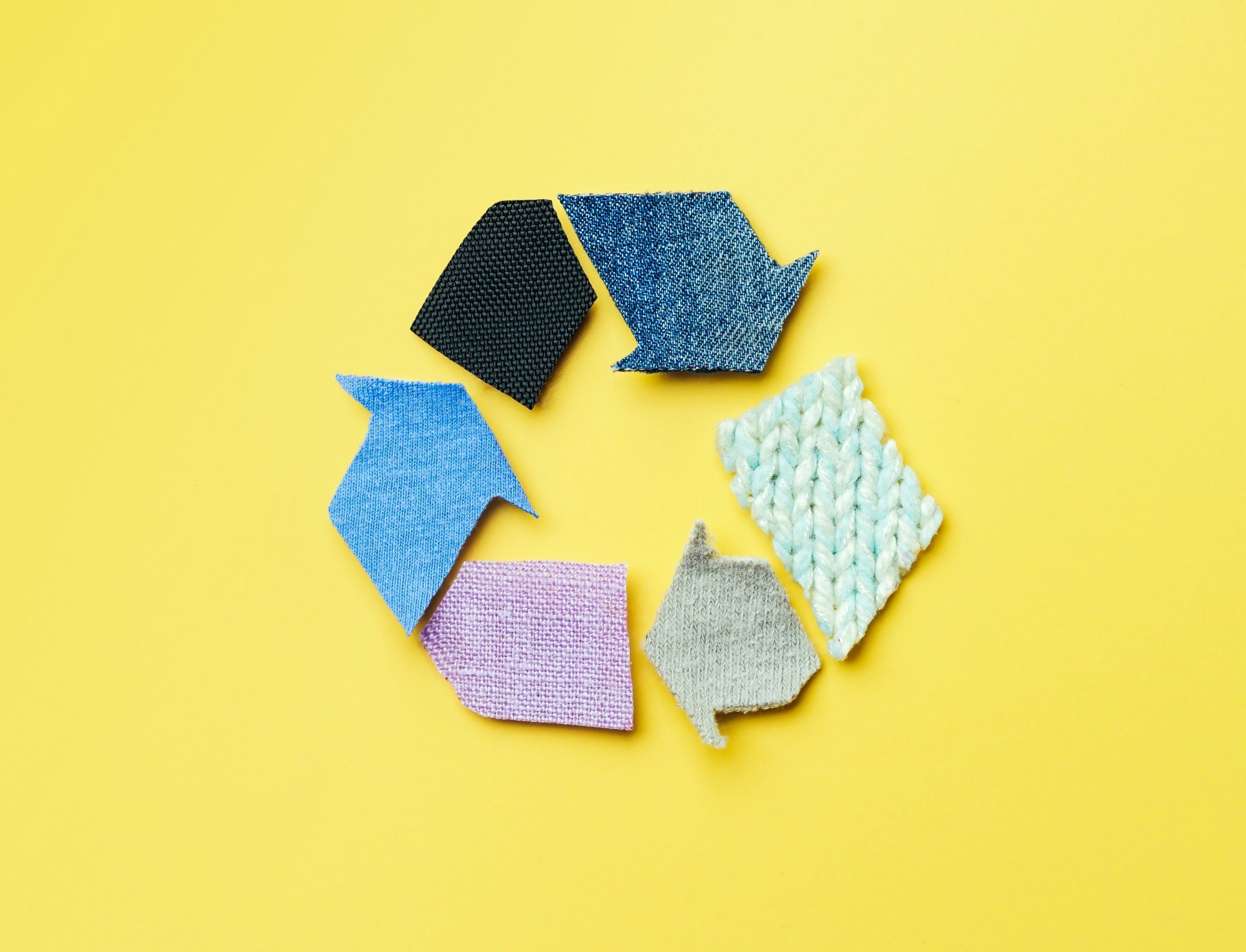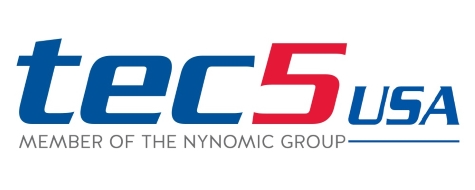Sponsored by tec5USA IncReviewed by Louis CastelJun 29 2022
Today, one of the largest international problems is textile waste. The United States Environmental Protection Agency has estimated that each year over 15 million tons of textile waste ends up in landfills.1 Many of the current methods for sorting textiles for recycling involve cumbersome manual processing, but despite this, the proportion of recycled textiles is increasing year on year.

Image credit: Shutterstock / Fascinadora
A challenge associated with the recycling of mixed rags is the often complex blends of textiles. Different types of processing in the recycling lifecycle require different processing, and the first step is sorting. Typically, item tags and labels are used by workers sorting textiles to identify the waste product’s makeup.
However, materials must be manually inspected, stretch-tested, and felt to identify the fiber types present in the absence of information to be read from tags.
Manual sorting in textile recycling is not a completely reliable method of identifying the materials present and is ultimately inefficient. Near infrared spectroscopy, instead, can be performed using a fast-reading handheld device2 and offers a quick and robust method of textile sorting.
Alternative silk analysis can be performed with an in-line instrument installed over a conveyer belt.
Near Infrared Spectroscopy
Near infrared (NIR) spectroscopy has various uses for textile sorting and differentiating fiber types through distinctive absorption bands in the NIR. A ‘fingerprint’ of the type of material or polymer that is present can be created from these characteristic absorption patterns in the NIR spectrum.
Within clothing manufacture, polyester, cotton and various blends of the two are some of the most commonly used materials in the industry.
NIR spectroscopy is used to identify and quantify both cotton and polyester. The user can also use NIR spectroscopy to detect whether a textile has been subjected to fiber processing such as mercerization.2
Both a qualitative and quantitative technique, NIR spectroscopy can be used to identify the different types of fiber present and determine the relative percentage composition of the finished textile.
To define the absorption cross-section of a known feature in samples of interest, quantitative analysis with near infrared spectroscopy is built on chemometric model and calibration.
Practicalities
NIR spectrometers are designed to work in handheld devices and can be incredibly compact. The measurement for textiles is taken with a NIR beam reflected from the surface of the textile.
This, therefore, means that it is possible to undertake an automated analysis of the infrared spectrum using a suitable algorithm to identify the likelihood of a match with a reference spectrum and then to calculate the expected composition.
It is possible to rapidly obtain accurate compositional analysis for textile identification using short acquisition times and automated analysis, which removes the guesswork involved in manual methods.
The identification of particular fiber types can be complicated by certain factors, including the use of detergents and aging processes that can also affect the infrared spectrum.3
This is due to the fact that polymers making up the textile can increase the ordering between the underlying molecular structure and the polymer chain, to which the infrared spectrum is sensitive.
Chemometric modeling will be improved by increased technology adoption and volume of textiles process in order to account for both these and other real-world considerations.
Ample reference data is available for polymers, not just in their pristine states because any of the effects that could change the infrared spectrum of fiber have already been well-characterized and tested.4 Identification of the fibers present in the item to be recycled is then possible through the reference library of this information.
Textile Recycling
One of the challenges of hand-sorting textile recycling waste is the limitations of textile materials. Some of the many approaches to textile recycling include mechanical recycling, which shreds waste into valuable material, and chemical processing, which recycles the polymers into new fibers.
Often, textiles that are labeled ‘100 % cotton’ may actually contain a small amount of elastane and other materials, which can create issues further along in the recycling process. The final recycled product can be contaminated by these elastic materials, which can, in turn, reduce its value.
The risk of many of these issues is reduced by using NIR spectroscopy to identify textile compositions. Identifying fabric types and blending percentages by sense alone is a challenging task that requires a great deal of experience, whereas small handheld spectrometers need very little training,
In summary, near infrared spectroscopy is a cost and time-effective solution to recycling sorting processes, which works for all textiles with inherently improved accuracy compared to human identification of textile types.
tec5USA Spectrometers
Currently, tec5USA offers the NIRONE Scanner package – which weighs less than 200 g and is a fully Cloud-Service compatible textile scanner. This lightweight package is therefore ideal for handheld manual scanning systems, and the onboard sensors guarantee that no additional temperature stabilization is required.
tec5USA has multiplex hardware options for overbelt applications, including a NIR Distance Measurement Head. A highly sensitive robust device with a fast readout time for continual automated measurements, this instrument offers a significant cost saving for recycling difficulties.
To find out how their range of infrared spectrometers could help revolutionize the efficiency of sorting processes for recycling, contact the tec5USA team, who will be more than happy to help.
References
- EPA (2022) Textile Waste, https://www.epa.gov/facts-and-figures-about-materials-waste-and-recycling/textiles-material-specific-data, accessed May 2022
- Cura, K., Rintala, N., Kamppuri, T., Saarimaki, E., & Heikkila, P. (2021). Textile Recognition and Sorting for Recycling at an Automated Line Using Near Infrared Spectroscopy. Recycling, 6(11), 1–12.
- Peterson, A. (2015) Towards Recycling of Textile Fibers, https://publications.lib.chalmers.se/records/fulltext/218483/218483.pdf, accessed May 2022
- Fulton, M., Rezazadeh, M., & Torvi, D. (2017). Tests for evaluating textile aging. In Advanced Characterization and Testing of Textiles. Elsevier Ltd. https://doi.org/10.1016/B978-0-08-100453-1.00006-4

This information has been sourced, reviewed and adapted from materials provided by tec5USA Inc.
For more information on this source, please visit tec5USA Inc.